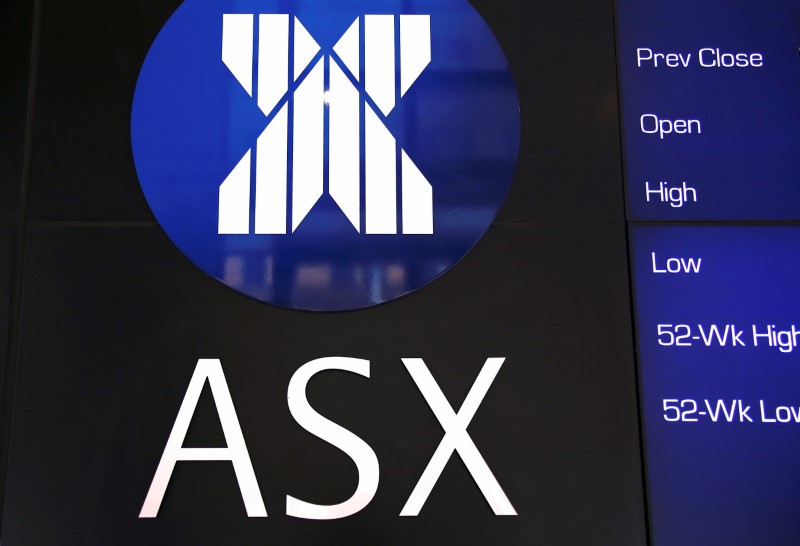Dixon Technologies vs. Amber Enterprises

Dixon Technologies vs. Amber Enterprises: The government’s decision to reduce import tariffs on mobile phone components caused the stock prices of these companies to surge significantly. Read this article as we compare Dixon Technologies and Amber Enterprises, two companies that stand to benefit from favorable regulatory changes.
Dixon Technologies Vs Amber Enterprises – Company Overview
Amber Enterprise
Established in 1990, the company has established itself as the premier backward-integrated market leader in the Indian indoor air conditioning (RAC) industry.


With a strong presence in both the component and finished product segments of the HVAC industry, our diverse product portfolio includes cabin AC, including indoor and outdoor units, as well as window AC, as well as reliable essential components suitable for railways, metros, buses and mobility applications. This is included. , and defense sector.
Originally operating from a single plant in Rajpura, Punjab, the company has expanded exponentially, boasting of 27 state-of-the-art manufacturing facilities strategically located across nine key regions of India, ensuring proximity to its customer base.
Amber has further consolidated its position with a focus on downstream integration and strong R&D capabilities, capturing a significant share of the Original Design Manufacturing (ODM) industry.
Dixon Technologies
Dixon Technologies (India) Limited is India’s leading design-driven solutions company, excelling in manufacturing consumer durables, lighting and mobile phones.
Founded by Sunil Vachani in 1993, Dixon operates in various fields of electronic products, including home appliances, home appliances, lighting, CCTV cameras and mobile phones, and recently entered the wireless audio solutions business through a strategic JV.
The Gurgaon-based company boasts of 21 manufacturing facilities across Noida (Uttar Pradesh), Dehradun (Uttarakhand), Ludhiana (Punjab) and Chittoor (Andhra Pradesh).
Dixon sells (i) home appliances such as LED TVs; (ii) household appliances such as washing machines; (iii) lighting products such as LED bulbs, tube lights and downlighters; (iv) mobile phones and smartphones; (v) CCTV and DVRS; (vi) Medical equipment. We provide reverse logistics solutions, especially repair and refurbishment services.
Dixon Technologies Vs Amber Enterprises – Segment Analysis
Amber Enterprise:
Amber Enterprises’ business segments include:
- HVAC static applications
- Mobility Application Division
- Motor Division Electronics
- Parts Division
Dixon Technologies
Dixon Technologies’ business segments include:
- Home Appliances
- light
- home appliances
- Mobile phone, EMS division, etc.
- security system
Dixon Technologies Vs Amber Enterprises – Industry Overview
India continues to remain a bright spot in the global economic landscape. Drive sustained growth by leveraging demographic dividends, digital transformation, and innovation potential.
According to economic surveys, real GDP growth in 2024 is expected to reach 6.5%. India will still be one of the fastest growing economies in the world, albeit below FY23.
The air conditioner (AC) market in India reached 8.5 million units in FY 2022-2023, with Amber garnering a significant market share of 29.4% in terms of value. Korea has experienced remarkable growth in electronics manufacturing over the past five years, thanks to proactive government policies.
Also read
The electronics industry is expected to be a key driver of economic development and presents lucrative opportunities for Amber. India’s indoor air conditioning (RAC) penetration remains low at 12-14% compared to much higher levels in other countries. This highlights the vast untapped market potential for RAC in India and represents promising prospects for Amber’s future growth and expansion.
The total addressable EMS market in India was valued at Rs 3,372 trillion in FY22 and is expected to grow at a CAGR of 22% in FY26 to Rs 7,504 billion in FY26. However, the contribution of Indian EMS companies is approximately 44%, valued at Rs 1,469 trillion in FY22, and is expected to grow at a CAGR of 32% to reach Rs 4,502 billion by FY26.
Dixon Technologies vs. Amber Enterprises – Finance
Sales and Net Profit
Amber Enterprise It reported a profit of Rs. 69.27 crore in FY23 compared to Rs 420.6 billion in FY22, an increase of about 65%. Profitability increased to 500 billion won. 164 crore in FY23 from Rs. It increased approximately 48% to $11.1 billion. Timely investments in necessary capex have resulted in significant increases in sales and profits, which have helped increase profitability and increase market share in RAC manufacturing and other segments.
Dixon Technology It reported a profit of Rs. 12,192 crore in FY23 compared to Rs 1,069.7 billion in FY22, an increase of 14%. Profitability increased to 500 billion won. 255 crore in FY23 from Rs. It increased by 34% to 19 billion won. They are constantly focused on optimizing costs and ensuring prudent working capital management.
Increased purchasing power of consumers has led to a significant surge in demand, leading to increased sales.
On a 4-year CAGR basis, Dixon Technology has grown at a higher growth rate compared to Amber Enterprises in terms of revenue and profits.
The picture below compares revenue and profit Here’s a comparison of Dixon Technologies and Amber Enterprises over the past five years.
profit
Amber Enterprises and Dixon Technologies’ operating margins are approximately 4.78% and 3.31%, respectively, with Amber slightly ahead. Based on a five-year average, Amber has a higher OPM.
The net profit margins of Amber Enterprises and Dixon Technologies are approximately 2.36% and 2.1%, respectively. However, if you look at the five-year average, Amber’s NPM is higher.
The picture below compares profit Here’s a comparison of Dixon Technologies and Amber Enterprises over the past five years.
rate of return
Amber reported a return on equity of 8.8%, below its five-year average of 9.28%. Dixon reported a return on equity of 19.88%, compared to a five-year average of 19.92%.
Taking into account return on capital employed, Amber and Dixon reported 15% and 23.22% respectively. Amber’s return was higher than the five-year average of 13.7%, while Dixon’s return never exceeded the five-year average of 23.53%.
The picture below compares Return on equity and rate of return In ~ capital employed Here’s a comparison between Dixon Technologies and Amber Enterprises over the past five years.
leverage ratio
The debt ratios of both companies over the past five years are showing positive signs. Both companies no longer had to rely on borrowed capital. Amber Enterprises and Dixon Technologies’ five-year average debt-to-equity ratio is 0.40 and 0.26, respectively. This means you can keep more of your profits because you don’t have a large obligation to repay debt and interest.
In terms of interest coverage ratio, Dixon leads with an ICR of 8.56, while Amber’s figure is 4.21x. An ICR above 1.5x is an acceptable ratio, according to which both companies are considered safe.
Debt vs. Equity and ICR
The figure below compares the debt equity and ICR of Dixon Technologies and Amber Enterprises over the last five years.
Dixon Technologies and Amber Enterprises – Key Indicators
Dixon Technologies Vs Amber Enterprises – Future Plans
Amber Enterprise
- The company expects ROCE to improve significantly from current levels and is expected to be between 19% and 21% in the next two to three years.
- Our main goal is to be the best OEM/ODM parts manufacturing company and our customers’ first choice.
- Amber aims to strengthen its position as a component manufacturer in the Indian RAC market as well as in the B2B segment.
- AEIL also aims to ensure that all devices within the group will soon be powered by renewable energy sources.
DixonTechnologies
- The company aims to deepen its involvement in end-user applications, especially in the computer and information technology (IT) sectors.
- The company plans to explore mobility and communication through partnerships and investments.
- The company is planning to expand its organized retail presence in tier 2 and 3 cities.
- Dixon plans to manufacture DC refrigerators in various sizes from 190 liters to 235 liters with a variety of features.
conclusion
As we conclude our article on the comparison between Dixon Technologies and Amber Enterprises, we have understood their business, finances, and future prospects. Both companies are major players in the consumer durables industry and have roughly similar financial scales. Prior to investment, additional analysis is required to determine the nature and suitability of risk and return. Please leave your thoughts in the section below.
Written by Ashish Agarwal


Start your stock market journey now!
Want to learn stock market trading and investing? Check out exclusive stock market courses from FinGrad, a learning initiative from Trade Brains. You can sign up for free courses and webinars from FinGrad and start your trading career today. Sign up now!!



